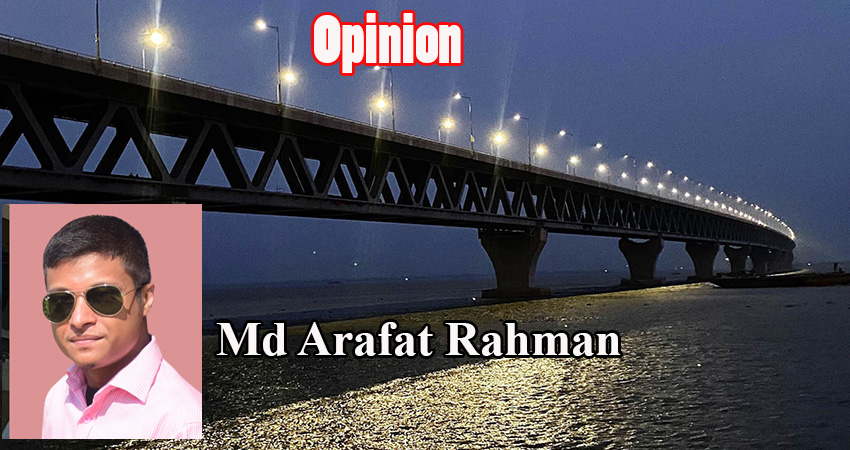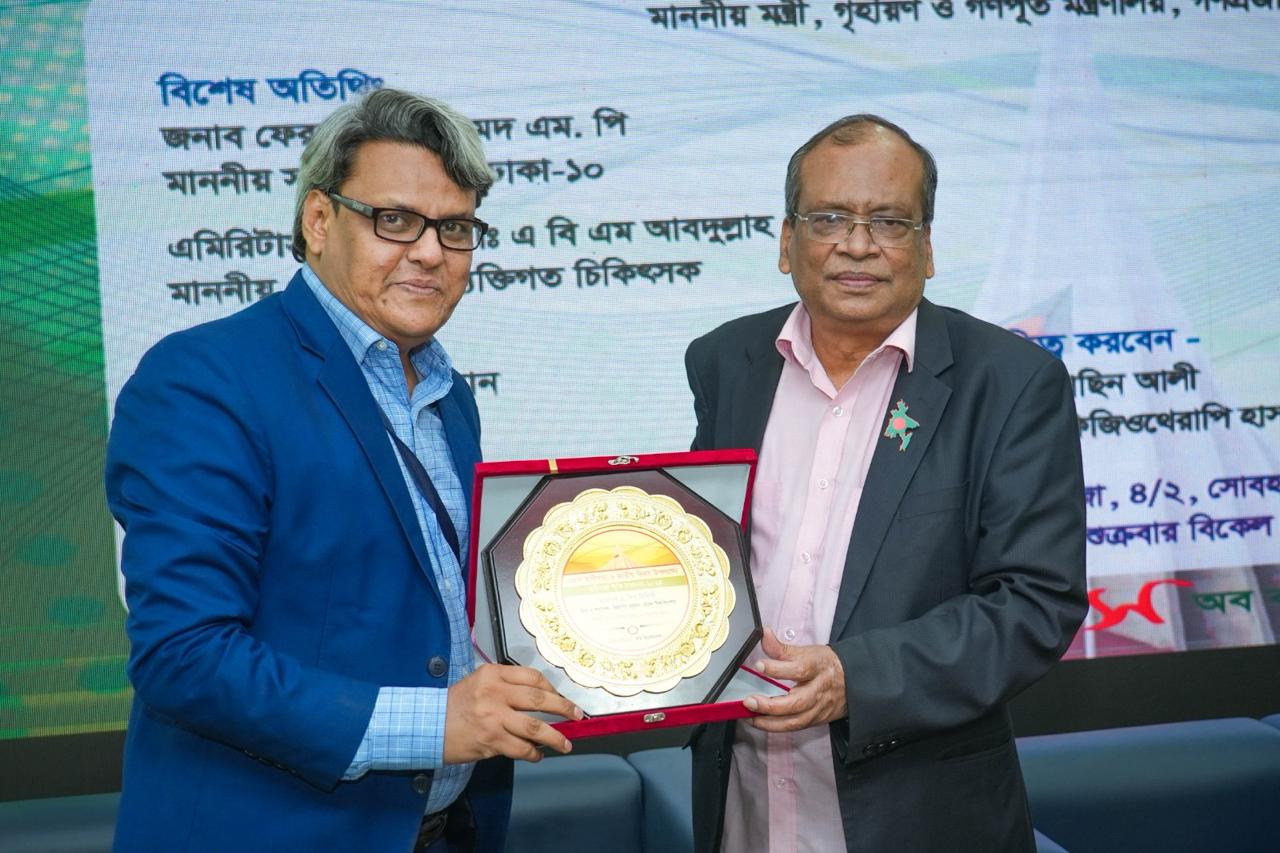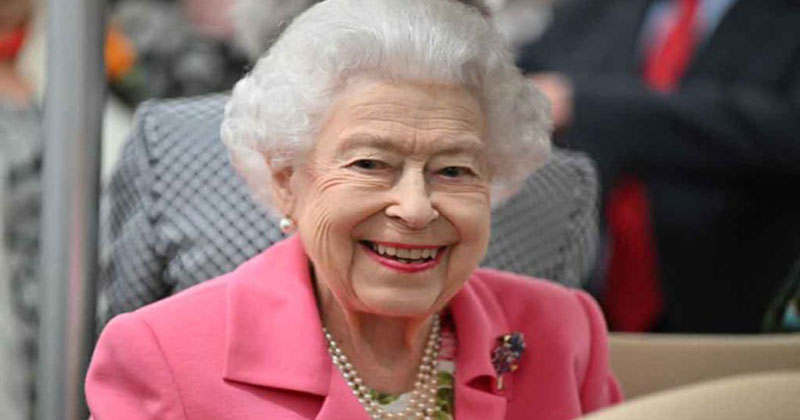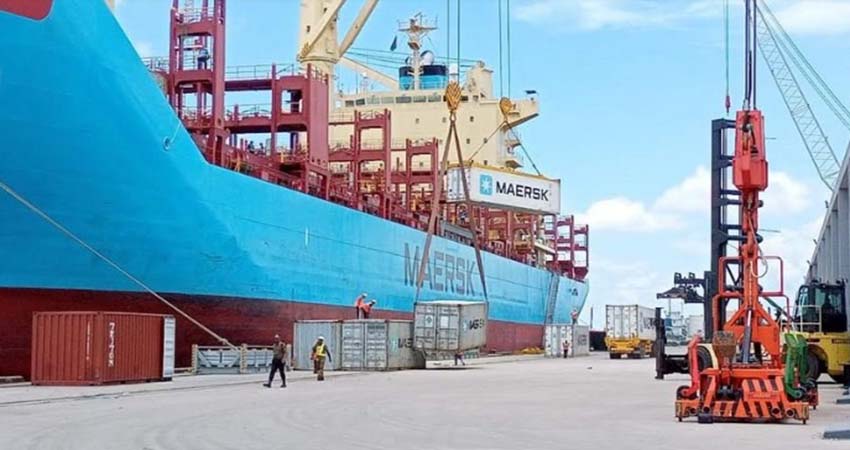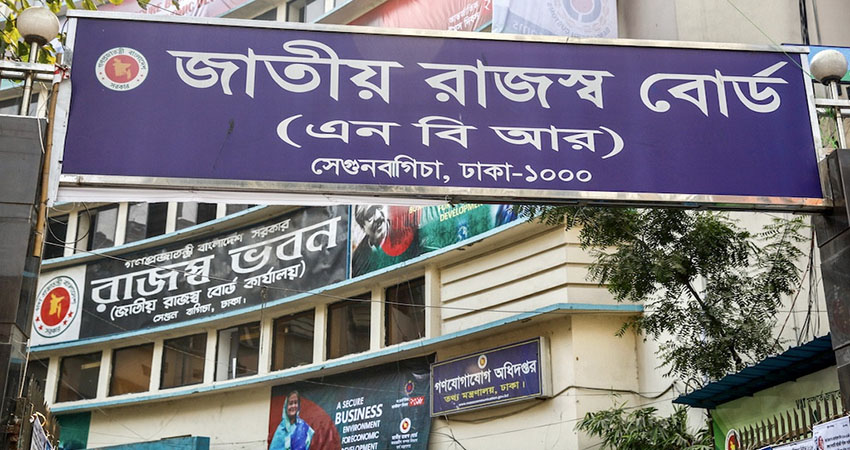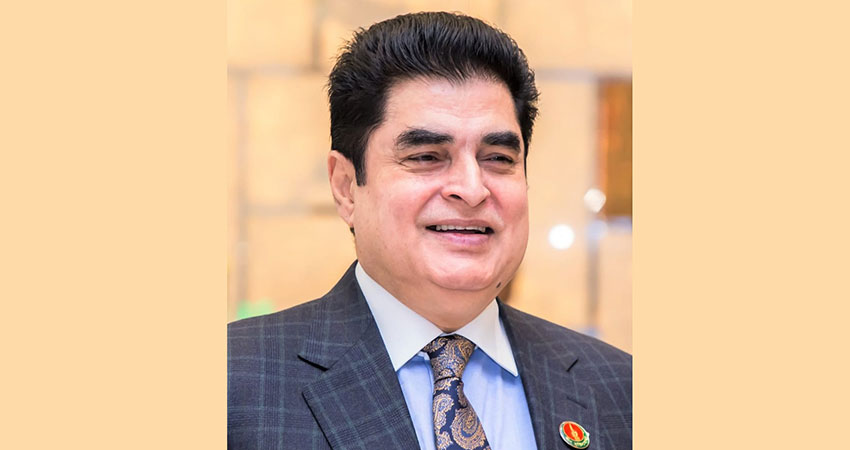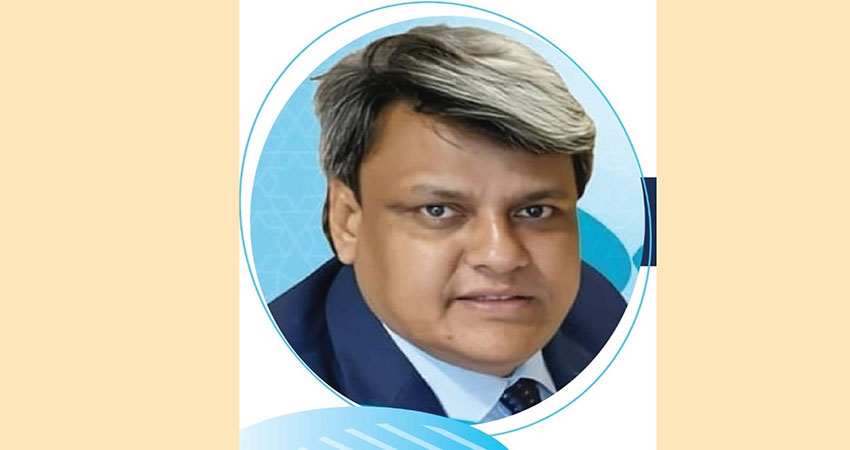The inauguration date of Padma Bridge has been fixed on June 25. However, the history behind the current location of the bridge is very interesting and eventful. The Padma Bridge is a multi-purpose road and rail bridge.
As a result, the south-western part of the country is connected to the north-eastern part. For a developing country like Bangladesh, the Padma Bridge is one of the largest and most challenging construction projects in history.
The two-tiered steel and concrete truss bridge has a four-lane road at the top and a single rail at the bottom. 41 spans of 150m length have already been installed in the Padma-Brahmaputra-Meghna river basin.
In 2008-09, the World Bank withdrewit's financing, alleging corruption against some individuals involved in the project preparation, and others followed the same. But a Canadian court later dismissed the case because it found no evidence of such an allegation. Allegations of corruption were later refuted in court.
Bangabandhu's daughter Prime Minister Sheikh Hasina then decided to finance the project from the Bangladesh government's own resources without any foreign aid.
The construction of 'Padma Multipurpose Bridge', a socio-economic development project on the river Padma, was supposed to start in 2011 under the design of AECOM. The original project was planned by the former caretaker government in 2007.
At that time the much talked Padma bridge project worth 10 thousand 161 crore taka was passed. Later, the Awami League Government came and connected the railways and on January 11, 2011 revised the cost of the bridge in the first phase. Then the cost was estimated at 20 thousand 507crore taka.
The dream comes true
The dream comes true
Later, due to the complex work of river governance and piling, the cost of Padma Bridge was increased by another Tk 8,000 crore. As a result, the total cost of the Padma Bridge is 30,193.39 crore taka. Bangladesh Bridge Authority called for pre-qualification tenders for the project in April 2010.
The physical work of the Padma Bridge was basically divided into five packages. Namely: (a) Main Bridge, (b) River Governance, (c) Road connecting with Jazira, (d) Toll Plaza and (e) Mawa and Jajira Service Area.
Maunsell-AECOM, a design consulting firm engaged in the project, was responsible for preparing the pre-qualification rate documents for the physical work contractor, evaluating the tender documents after inviting tenders, and assisting the tender committee in all related works. An international panel of experts was engaged in overseeing the work of the design consulting firm.
At first, the bridge construction engineers and experts had to find the soil at the bottom of the river Padma. Normal soil was not found at the bottom. Problems were seen after the piling work of the bridge started. Engineers tried to build pillars by creating new soils instead of artificial ones at the bottom of the river. The Padma Bridge was built in this manner called screen grouting.
In this process, the strength of the soil has been increased by sending chemicals to the bottom of the river through holes in the pipes from above. Then pillars have been built on that ground.
This is the first such application in Bangladesh. In this method small steel pipes are welded with piles. A type of chemical is sent through the pipe to the soil at the bottom of the river. Under the influence of chemicals, the soil at the bottom becomes hard. At one stage, that soil becomes able to carry the load of the pile. Then there is no obstacle to put the pile.
According to the agreement of the bridge department with the finance department of Bangladesh, the government has given a loan of Tk 29,893 crore for the construction of the bridge. The bridge authority will pay with 1 percent interest within 35 years.
On September 30, 2017, the first span was placed on the pillars of the Padma Bridge. The span was installed with the help of floating cranes on pillars 37 and 38 at Jajira end of Shariatpur.
On December 10, 2020, the entire Padma Bridge became visible by placing the 41st span on the 12th and 13th pillars of the Bridge. The last road slab was laid on 23 August 2021.
By June 2022, work on the 6.15 km long Padma Multipurpose Bridge is almost complete. Soil testing and dredging work had been going on for four months. The bridge has a total of 42 pillars. There are six piles under each pillar. Steel spans have been placed on the pillars.
China's Sinohydro Corporation was hired and Abdul Monem Limited of Bangladesh got the contract to build two connecting roads and infrastructure.
The Padma Multipurpose Bridge Project has made a direct connection to the south-western part of the country through the Mawa-Jajira Point through a specific route. This bridge will significantly contribute to the social, economic and industrial development of the relatively underdeveloped region of Bangladesh.
The project will directly benefit more than 30 million people in a total area of about 44,000 sq km or 29 per cent of the total area of Bangladesh. As a result, the project is being considered as a very important infrastructure for the country's transport network and regional economic development.
The bridge has rail, gas, power lines and fiber optic cable expansion facilities. If this bridge is implemented, the country's GDP will increase up to 1.2 percent.
Writer: Columnist, and Asst Officer, Career & Professional Development Services Department (CPDS), Southeast University.

